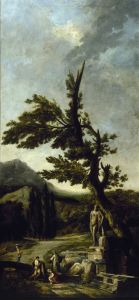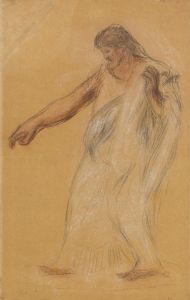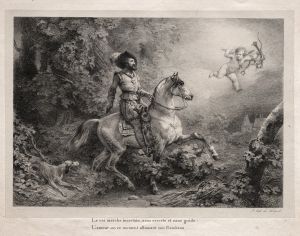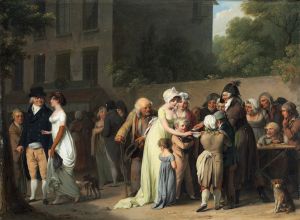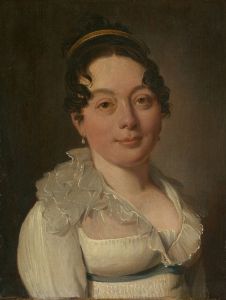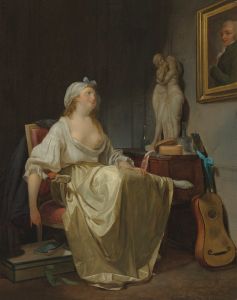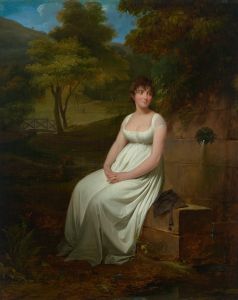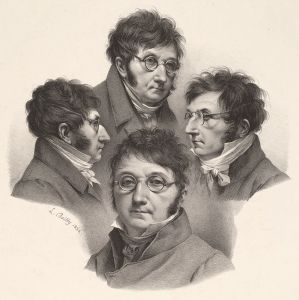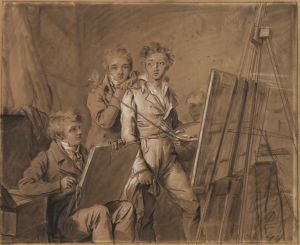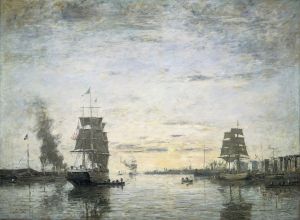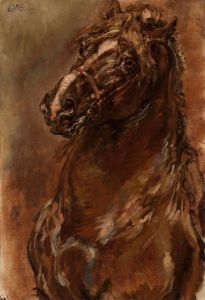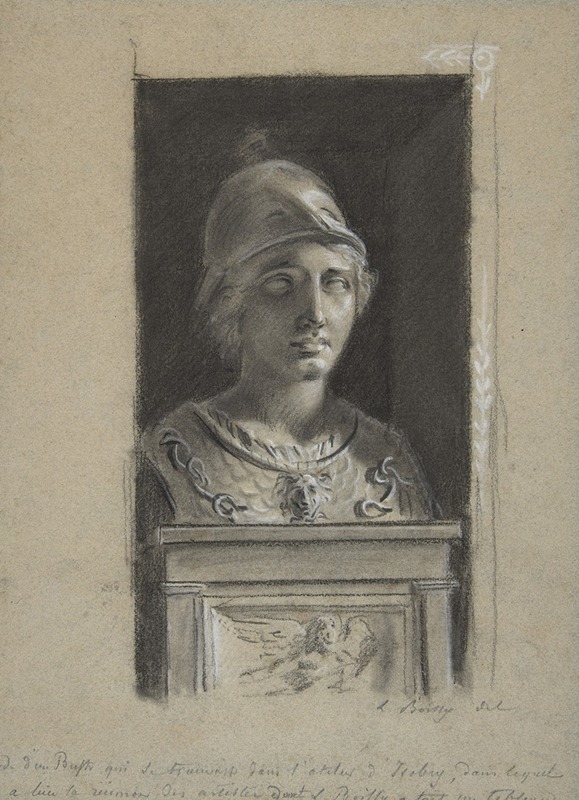
Minerva
A hand-painted replica of Louis Léopold Boilly’s masterpiece Minerva, meticulously crafted by professional artists to capture the true essence of the original. Each piece is created with museum-quality canvas and rare mineral pigments, carefully painted by experienced artists with delicate brushstrokes and rich, layered colors to perfectly recreate the texture of the original artwork. Unlike machine-printed reproductions, this hand-painted version brings the painting to life, infused with the artist’s emotions and skill in every stroke. Whether for personal collection or home decoration, it instantly elevates the artistic atmosphere of any space.
Louis Léopold Boilly (1761–1845) was a French painter and draftsman known for his detailed and often humorous depictions of Parisian life. One of his notable works is "Minerva," a painting that reflects his skill in portraiture and his ability to capture the essence of his subjects with precision and subtlety.
"Minerva" by Louis Léopold Boilly is an oil painting that exemplifies the artist's mastery in rendering classical themes with a touch of contemporary flair. Minerva, known as Athena in Greek mythology, is the Roman goddess of wisdom, war, and the arts. She is often depicted with attributes such as a helmet, a shield, and an owl, symbolizing her strategic warfare prowess and her association with wisdom and knowledge.
In Boilly's rendition, Minerva is portrayed with a serene yet commanding presence. The painting captures her in a moment of contemplation, her gaze steady and thoughtful. Boilly's attention to detail is evident in the intricate depiction of her armor and the delicate rendering of her facial features. The use of light and shadow in the painting highlights the texture of her attire and the depth of her expression, showcasing Boilly's technical proficiency and his ability to convey emotion through his subjects.
Boilly's "Minerva" is not just a representation of a mythological figure; it also reflects the neoclassical style that was prevalent during his time. Neoclassicism, which emerged in the mid-18th century, sought to revive the classical art and culture of ancient Greece and Rome. This movement emphasized clarity, order, and symmetry, qualities that are evident in Boilly's portrayal of Minerva. The painting's composition is balanced and harmonious, with a clear focus on the central figure of Minerva.
The historical context of Boilly's work is also significant. He lived through a tumultuous period in French history, witnessing the French Revolution, the rise and fall of Napoleon, and the subsequent restoration of the monarchy. Despite these upheavals, Boilly managed to maintain a successful career, producing works that were both popular and critically acclaimed. His ability to adapt to changing tastes and political climates is a testament to his versatility as an artist.
"Minerva" is a fine example of Boilly's work, demonstrating his skill in combining classical themes with contemporary sensibilities. The painting is a testament to his ability to capture the timeless qualities of his subjects while also reflecting the artistic trends of his era. Today, Boilly's works, including "Minerva," are appreciated for their technical excellence and their insightful portrayal of both mythological and everyday subjects.
In summary, Louis Léopold Boilly's "Minerva" is a masterful depiction of the Roman goddess of wisdom, rendered with the artist's characteristic attention to detail and neoclassical style. The painting stands as a significant example of Boilly's work and his contribution to the art of his time.





